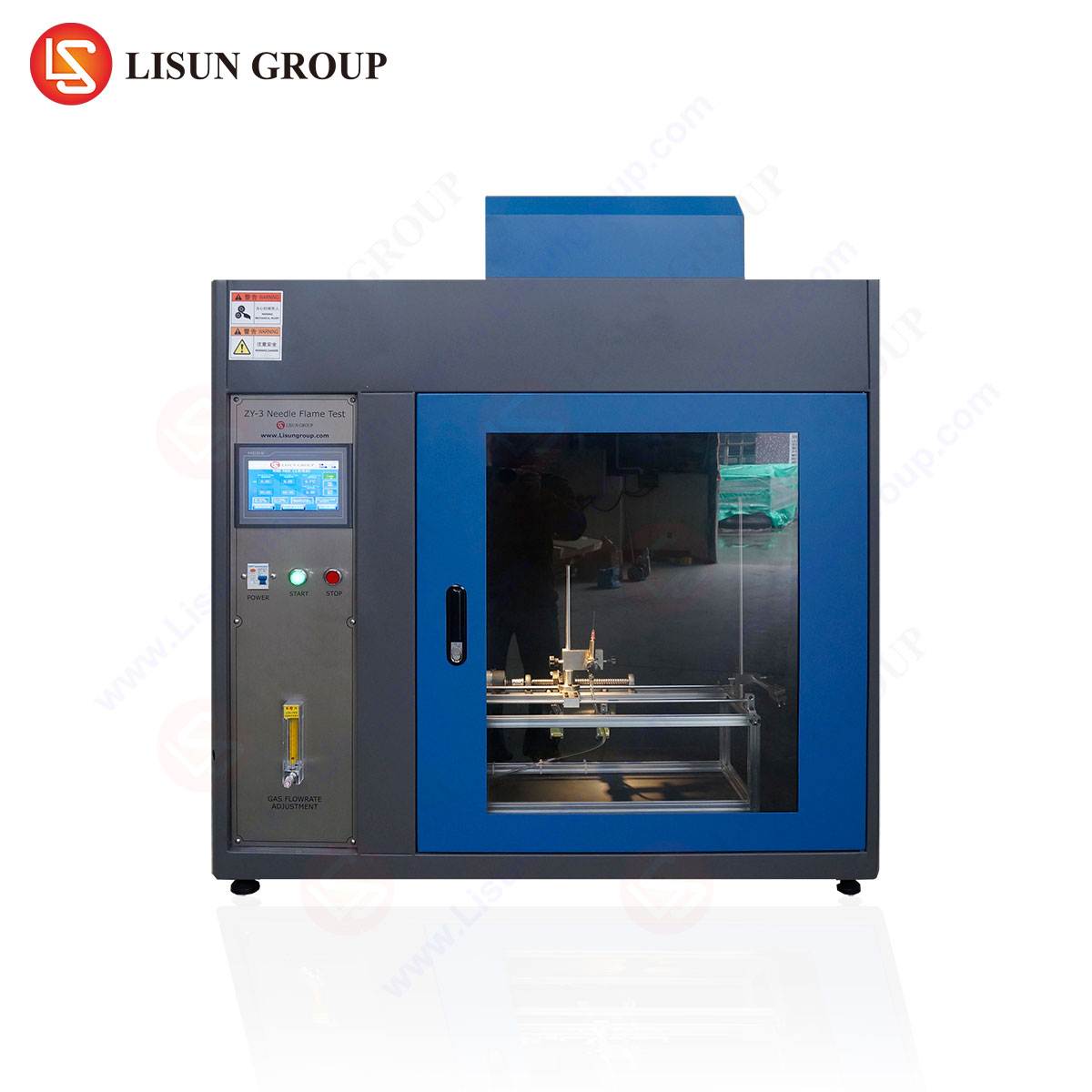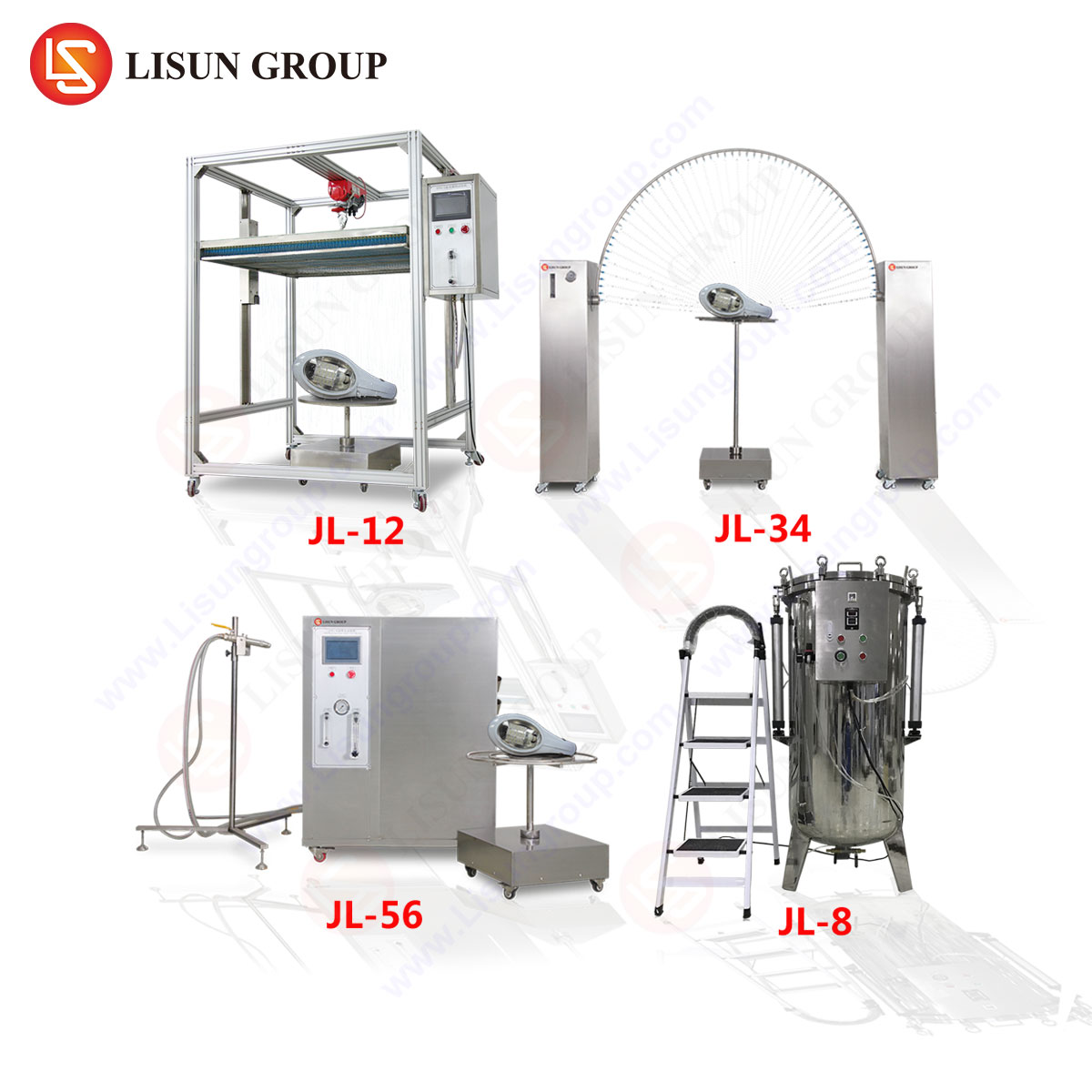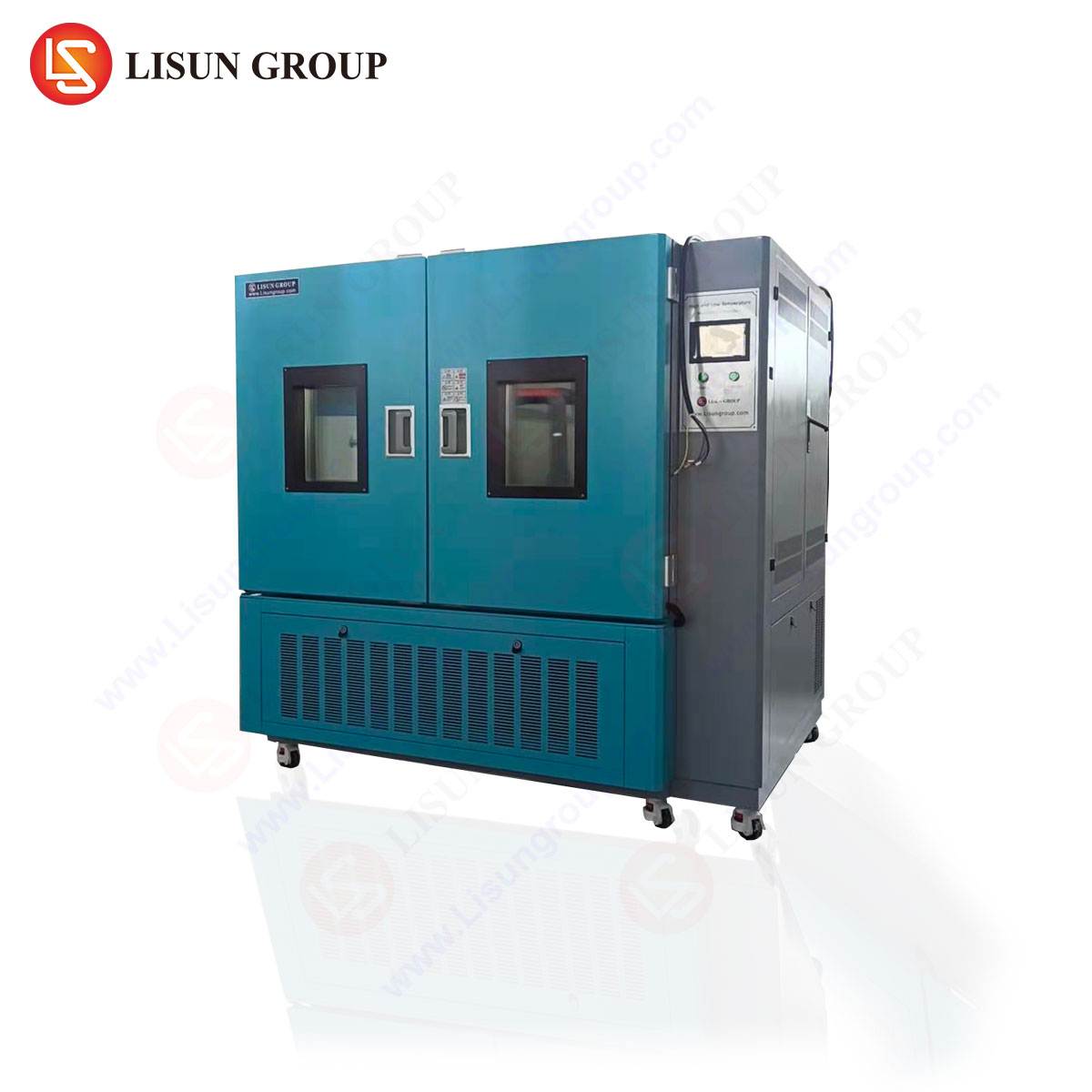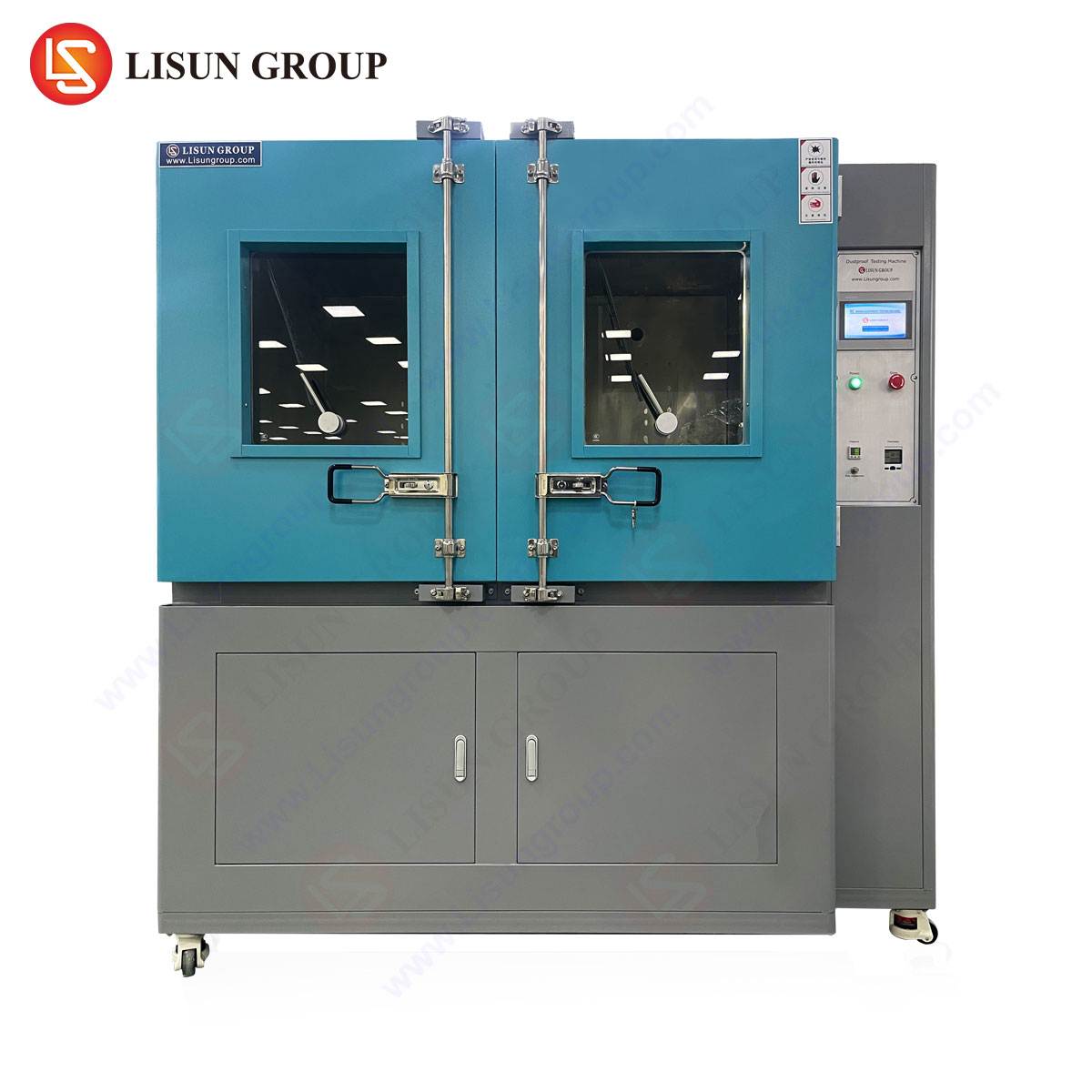Introduction to Waterproofness Testing in Industrial Applications
Waterproofness testing is a critical quality assurance procedure for ensuring the durability and reliability of products exposed to moisture, humidity, or direct liquid ingress. Industries such as automotive electronics, medical devices, and telecommunications rely on standardized waterproof testing to validate product integrity under environmental stressors. The LISUN JL-XC Series waterproof test equipment provides a high-precision, automated solution for evaluating ingress protection (IP) ratings in compliance with IEC 60529, ISO 20653, and other international standards.
This article examines the methodologies, technical specifications, and industrial applications of waterproofness testing, with a focus on the JL-XC Series as a benchmark for accuracy and repeatability.
Fundamentals of Ingress Protection (IP) Ratings and Testing Criteria
The IP rating system classifies the degree of protection against solid particles (first digit) and liquid ingress (second digit). For waterproofness, the second digit (ranging from IPX0 to IPX9K) determines resistance to water exposure under varying conditions:
- IPX1–IPX4: Dripping, spraying, and splashing water
- IPX5–IPX6: High-pressure water jets
- IPX7–IPX8: Temporary or continuous submersion
- IPX9K: High-temperature, high-pressure washdowns
The JL-XC Series supports comprehensive IPX1–IPX9K testing through programmable spray nozzles, submersion tanks, and pressure regulation systems.
Technical Specifications of the LISUN JL-XC Series Waterproof Test Equipment
The JL-XC Series integrates modular testing capabilities for diverse industrial requirements. Key specifications include:
| Parameter | Specification |
|---|---|
| Test Standards | IEC 60529, ISO 20653, GB 4208 |
| Water Pressure Range | 30–1000 kPa (adjustable) |
| Nozzle Diameter | 0.4–6.3 mm (interchangeable) |
| Temperature Control | 15°C–80°C (±2°C accuracy) |
| Test Duration | 1–999 minutes (programmable) |
| Chamber Dimensions | Customizable (standard: 800×800×800 mm) |
The system’s automated pressure calibration and real-time monitoring ensure compliance with stringent industry requirements.
Testing Methodologies for Different IPX Ratings
IPX1–IPX4: Simulating Light Precipitation and Splashing
For products like outdoor lighting fixtures or automotive sensors, the JL-XC Series employs oscillating spray nozzles to replicate rainfall (IPX3) or splashing (IPX4). The test angle and flow rate are adjusted per IEC 60529 specifications.
IPX5–IPX6: High-Pressure Water Jet Resistance
Industrial control systems and telecommunications enclosures must withstand directed water jets (12.5 L/min at 30 kPa for IPX5; 100 L/min at 100 kPa for IPX6). The JL-XC Series utilizes precision nozzles with controlled pressure to validate seal integrity.
IPX7–IPX8: Submersion Testing for Waterproof Seals
Medical devices and underwater connectors undergo submersion tests (IPX7: 1 meter for 30 minutes; IPX8: deeper/longer as specified). The JL-XC Series features a sealed immersion tank with depth and duration programmability.
IPX9K: High-Temperature Pressure Washdown Validation
Automotive and aerospace components (e.g., engine sensors, avionics) require IPX9K testing (80°C water at 8–10 MPa). The JL-XC Series integrates heated water circulation and high-velocity nozzles for compliance.
Industry-Specific Applications of Waterproofness Testing
Automotive Electronics: Ensuring Reliability in Harsh Environments
Electric vehicle charging ports (IPX5/IPX6) and ADAS sensors (IPX6K) undergo rigorous waterproof validation. The JL-XC Series replicates road spray and car wash conditions per ISO 20653.
Medical Devices: Preventing Contamination in Sterile Environments
Surgical instruments (IPX7) and wearable monitors (IP68) are tested for liquid ingress resistance to maintain sterility and functionality.
Telecommunications: Protecting Outdoor Infrastructure
5G base stations and fiber optic enclosures (IPX5/IPX6) rely on waterproof testing to prevent signal degradation due to moisture.
Competitive Advantages of the LISUN JL-XC Series
- Modular Design: Adaptable for IPX1–IPX9K without external modifications.
- Automated Compliance Reporting: Generates test logs aligned with IEC/ISO standards.
- Precision Control: Regulates pressure (±1% accuracy) and temperature (±2°C).
- Durability Testing: Validates long-term exposure effects via cyclic testing modes.
Frequently Asked Questions (FAQ)
Q1: What is the difference between IPX7 and IPX8 ratings?
IPX7 certifies temporary submersion (1m/30min), while IPX8 guarantees continuous submersion under manufacturer-specified conditions (e.g., 3m/24h).
Q2: Can the JL-XC Series test for both water and dust ingress?
Yes, when equipped with particulate testing modules (IP5X/IP6X), it evaluates full IP ratings.
Q3: How does temperature variation impact waterproofness testing?
Thermal cycling (e.g., IPX9K) assesses material expansion/contraction effects on seals. The JL-XC Series maintains ±2°C stability.
Q4: What industries require IPX9K testing?
Automotive (ISO 20653), aerospace, and heavy machinery sectors mandate IPX9K for high-pressure washdown resilience.
Q5: Is the JL-XC Series compatible with custom test protocols?
Yes, programmable parameters allow user-defined pressure, duration, and spray patterns.







